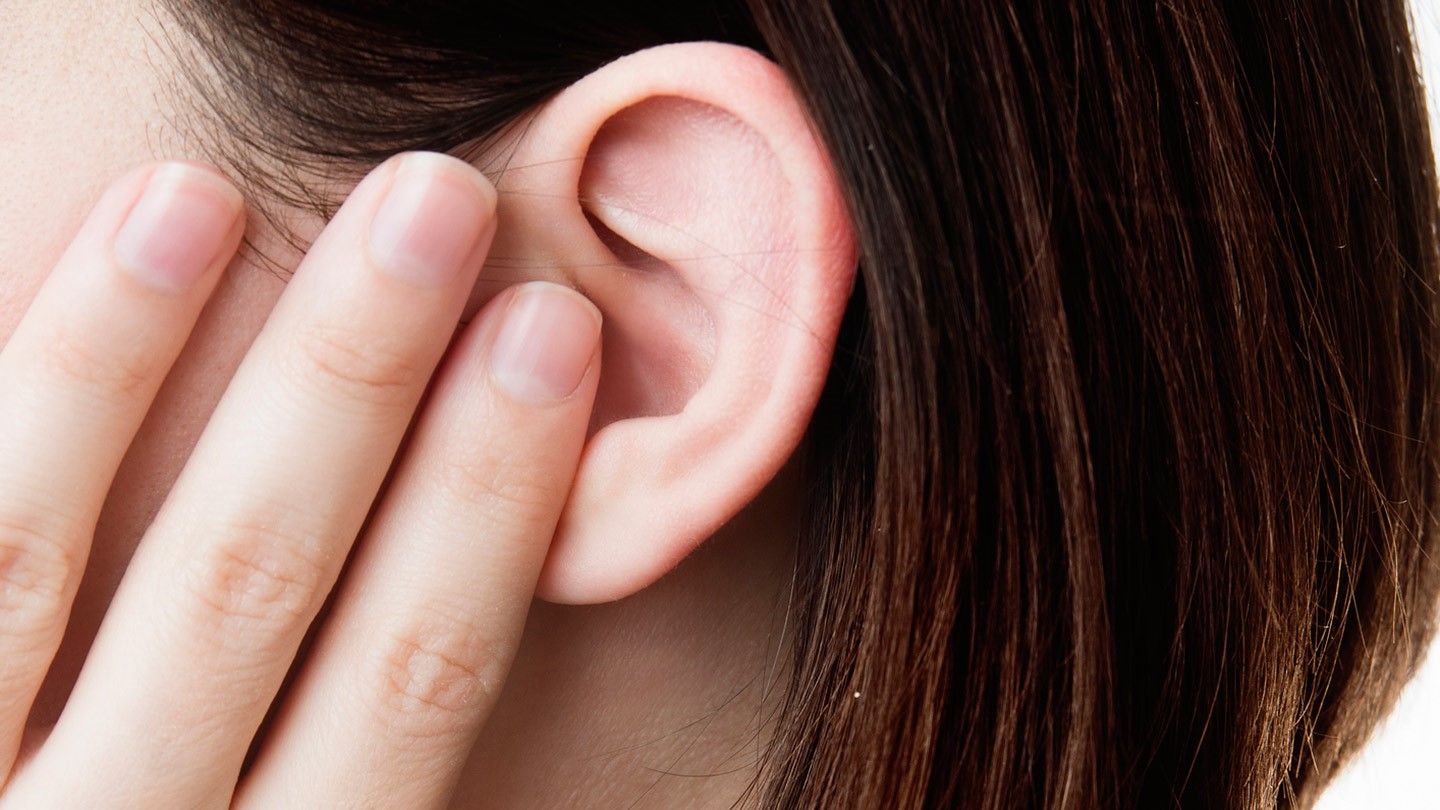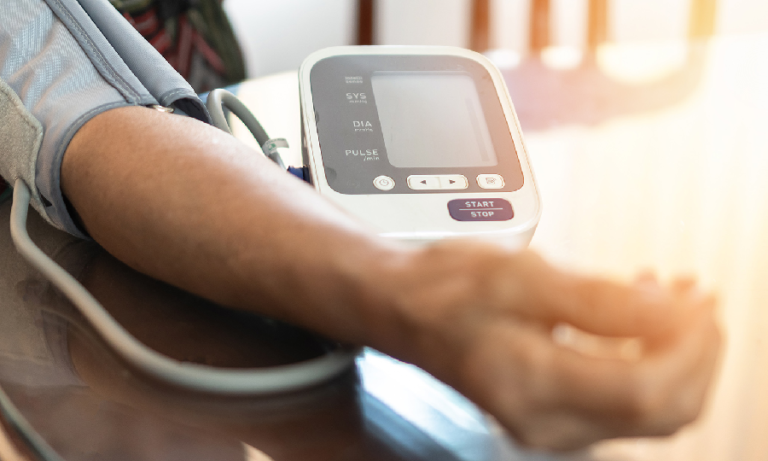
Ear pain and irritation: Main causes
Ear pain, or earache, generally originates from one of the three main parts of the ear. Your patient may complain of outer ear pain, middle ear pain, or inner ear pain. Although rarely serious, such pain can be distressing so it’s important to ascertain where it’s coming from.
Sometimes ear pain may be the result of a problem close to the ear, such as from a dental infection, sinusitis or temporomandibular joint syndrome. It’s also important to ascertain the type of pain your patient is experiencing. Is it dull? Sharp? Achy? What is the intensity and how long has the pain been an issue? Are there any other symptoms present such as dizziness or fever? Any answers your patient can give with help you provide an accurate diagnosis and treatment.
Usually, ear pain and discomfort are temporary and don’t require any specific investigation. However, if the pain is very severe or prolonged, or has no obvious cause, blood or imaging tests may be needed to rule out more serious causes of ear pain, such as an ear tumour or mastoiditis.
Types of ear pain
There are both primary and secondary causes of ear pain. Primary causes include:
- Otitis Media
- Otitis Media With Effusion
- External Otitis (Swimmer’s Ear)
- Perforated Eardrum
- Earwax Blockage
- Eustachian Tube Blockage
- Ear Skin Problems (including Dermatitis of the ear, Periauricular cellulitis (infected skin on the ear), Herpes zoster oticus (“shingles of the ear”)
- Perichondritis
- Labyrinthitis
- Meniere’s Disease
- Tumour
Looking to understand more about ear pain and irritation?
PDUK offers a range of courses looking at exactly this topic against a background of other minor ailments.
Firstly you’ve got our Minor ailments: ear and eye conditions for the primary care practitioner course. Held online it’s a flexible way for nurses and other allied health professionals to learn remotely that fits around work and other commitments. Bringing you to date with common ear and eye conditions, the course cover a wide range of presentations, focusing on evidence-based assessment and management along with safe practice. It’s a half-day (morning) course that’s worth 4 hours of CPD.
Next up is our Minor ailments essentials course, again held online. Aimed at practitioners confident in taking a history and physical examination but wanting to focus on the common and not so common patient complaints seen in primary health care, it’s worth 21 hours of CPD over 3 days. As with all our courses, course material, evaluations and certificate are provided.
Then finally you may find our Minor illness triage essentials online course useful. This interactive course provides the tools for competent basic triage. The course focuses on history taking and essential observations for safe patient management in triage. It is specifically designed for practitioners who see patients with undifferentiated illnesses.
The course is aimed specifically at nurses, community nurses, practice nurses and other allied health professionals. It’s worth a valuable 7 hours CPD over one day.
Each of these courses offer an excellent chance to network with others and gain real hands-on experience. But spaces do tend to fill up quickly which is why we always recommend getting booked up early.
















